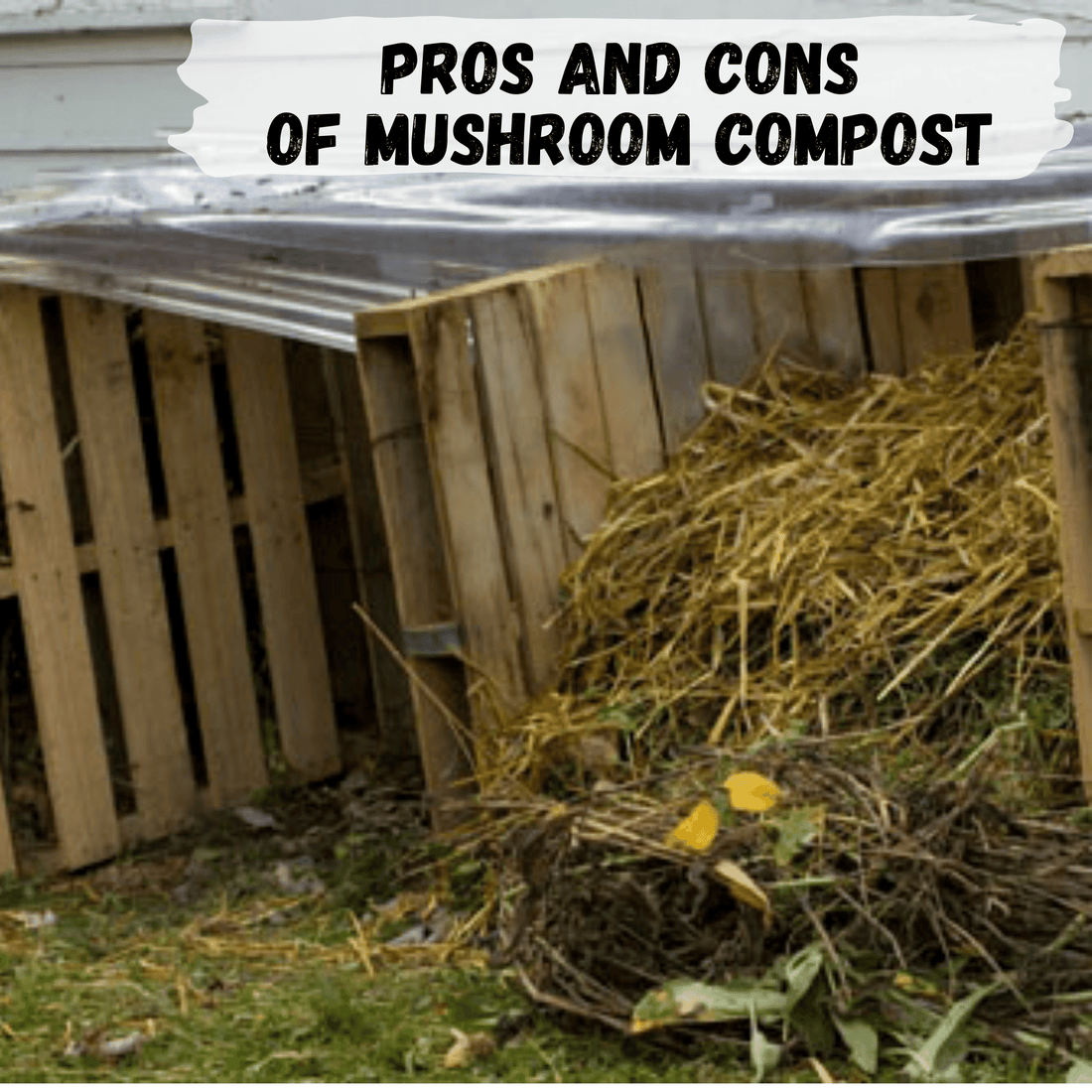By Teresa J. Frith

Gardening has become a popular activity for obtaining healthy vegetables, as well as beautiful flowers, so folks are always looking for ways to help keep their plants growing well. One possible idea is to use mushroom compost.
Despite its name, mushroom compost doesn’t have any mushrooms in it. In reality it is the leftover substrate that mushrooms have been grown in. The most common version of this substrate are a mixture of wheat straw or hay, along with chicken or horse manure and ingredients such as gypsum, peat moss, and lime.
During commercial mushroom farming, huge bales of straw are first soaked in water to the point of saturation. Then it’s chipped up into smaller pieces, and the manure and other ingredients area blended into it. Afterward, it’s put into compost piles into which water is added as needed, and the piles are turned every day to keep the decomposition going smoothly.
It remains in this status for two or three weeks in which it heats up to around 160 degrees Fahrenheit. During this timeframe the heat kills the bad bacteria and weed seeds that may be in the mixture. It gets pasteurized at the same time and ends up fully sterilized and formed into a clean, chocolatey brown colored material.
Then, it gets injected with mushroom spores and after the mushrooms grow and are harvested, the remaining material can be sold as mushroom compost. This compost has several pros and cons for using it in your garden.
Pros of mushroom compost

Firstly, mushroom compost doesn’t stink like normal compost does, and it is pretty inexpensive. It can be used as fertilizer, as it is a viable source of organic materials such as nitrogen and carbon, which is needed for plant growth. Plus, it is considered to be a soil improver due to its ability to retain moisture and prevents waterlogged roots. Therefore, it’s great to use around moisture loving plants, as well as it enriches the soil’s texture and helps to regulate weed growth. It can also be used around trees and shrubs as mulch.
Cons of mushroom compost
Even though it is recommended for some plants, it shouldn’t be used on salt sensitive plants in the heath family like blueberry bushes or azalea or rhododendron flowers as it has a high salt content and these plants prefer an environment that is more acidic. Too much of it can even burn young, sensitive plants so it should be used in small amounts, thoroughly mixed into the soil before planting.
In comparison to other type of compost, mushroom compost has less nutrients in it. Specifically, it has less nitrogen as the mushrooms which were grown in it will have used a lot of it up. Plus it sometimes has chalk in it, which can stunt plant growth and prevent flowering due to depriving the soil of the needed nutrients.
You should also check with your supplier prior to buying mushroom compost to find out if the mushroom growers used any chemicals to fertilize them, as these could also potentially harm your plants.
How to use mushroom compost

If you want to use mushroom compost in your flower or vegetable garden, you should mix in around three inches of this mixture into the first six inches of dry soil in your garden. If you want to put it into potted plants, you should use about a quarter of the amount of mushroom compost as there is soil in the container. So, keep in mind that you’ll need around a cubic yard of compost for every hundred feet of garden space.
All in all, mushroom compost can be a useful product in certain kinds of gardens, but you should be sure it will be okay for the type of plants you plan to grow.

